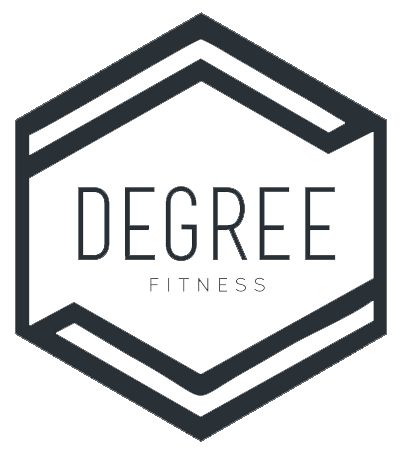4 Steps to a Better Breakfast
By Mairead Rodgers, RD PHEc
I’m sure you’ve heard that breakfast is the “most important meal of the day”. While all of our meals are important, breakfast’s purpose is really to fuel you up for your day. For our early morning CrossFit-ers, it also needs to refuel you after a workout usually. But if you’re not a breakfast person, or you feel stuck in a breakfast rut, your morning meal can be a huge struggle.
Here’s our best tips for a better breakfast!
- Does breakfast have to be breakfast? You are not required to eat a bowl of corn flakes or Cheerios every morning if you don’t want to. You can have any foods you like for breakfast! Try topping your dinner leftovers with an egg or even just making a sandwich if you feel in a rut. If you just don’t have a big appetite in the morning, breakfast might be more of a snack, like a granola bar or some yogurt and fruit on the go. The goal is to not have you absolutely starving by the time you eat next.
- Do you have protein and fat? If you’ve ever had a bowl of cereal for breakfast and found yourself starving by 10am, I’ve got some ideas for you! One of the reasons this might be happening is that you’re not getting much protein and fat to help keep you satisfied and full. Try adding a hardboiled egg, some Greek yogurt or cottage cheese, putting peanut butter on your toast instead of (or with) jam, or picking a cereal or granola with extra protein.
- Have you got some fruits and veggies? (If you’ve read any of my other emails ever, you knew this was coming.) We want to get fruits and vegetables in at every meal when we can. They give as a whole spectrum of vitamins and minerals, as well as fibre, and people who eat more fruits and vegetables tend to have lower rates of chronic disease. If weight loss or maintenance is your goal, fruits and vegetables give you lots of nutrition and fill you up, without many calories. Getting a serving or two of your favourite fruit or vegetables gets you a head-start on your nutrition for the day, whether it’s a handful of spinach in your smoothie, an apple grabbed on your way out the door, or a banana on your peanut butter toast.
- Can you make it ahead of time? One of the biggest reasons I get that people don’t eat breakfast is that they just don’t have time, and that’s a totally valid reason! So when we look at what we’re having for breakfast, is there anything we could make ahead of time or do to get organized so that it doesn’t take as long? You can put smoothie ingredients in a cup or blender the night before. You can meal prep all kinds of egg muffins or breakfast sandwiches or overnight oats. You can even just put your fruit beside your yogurt right inside the fridge so they’re easy to grab. You can put the bread and peanut butter beside the toaster and put the bread in while you get ready for the day. The goal is to make it so easy that your morning brain doesn’t put up a fight.
Still struggling with breakfast? Give our Registered Dietitian a shout and let’s see how we can tweak your breakfast to be healthier and easier (or just to start having breakfast in the first place and how that will help you!). Psssttt…. did you your Dietitian services might be covered if you have extended benefits?



POLICIES
CONNECT
Contact Us
Thank you for contacting us!
We will get back to you as soon as possible.
Oops, there was an error sending your message.
Please try again later.
All Rights Reserved | Degree Fitness Seaforth
